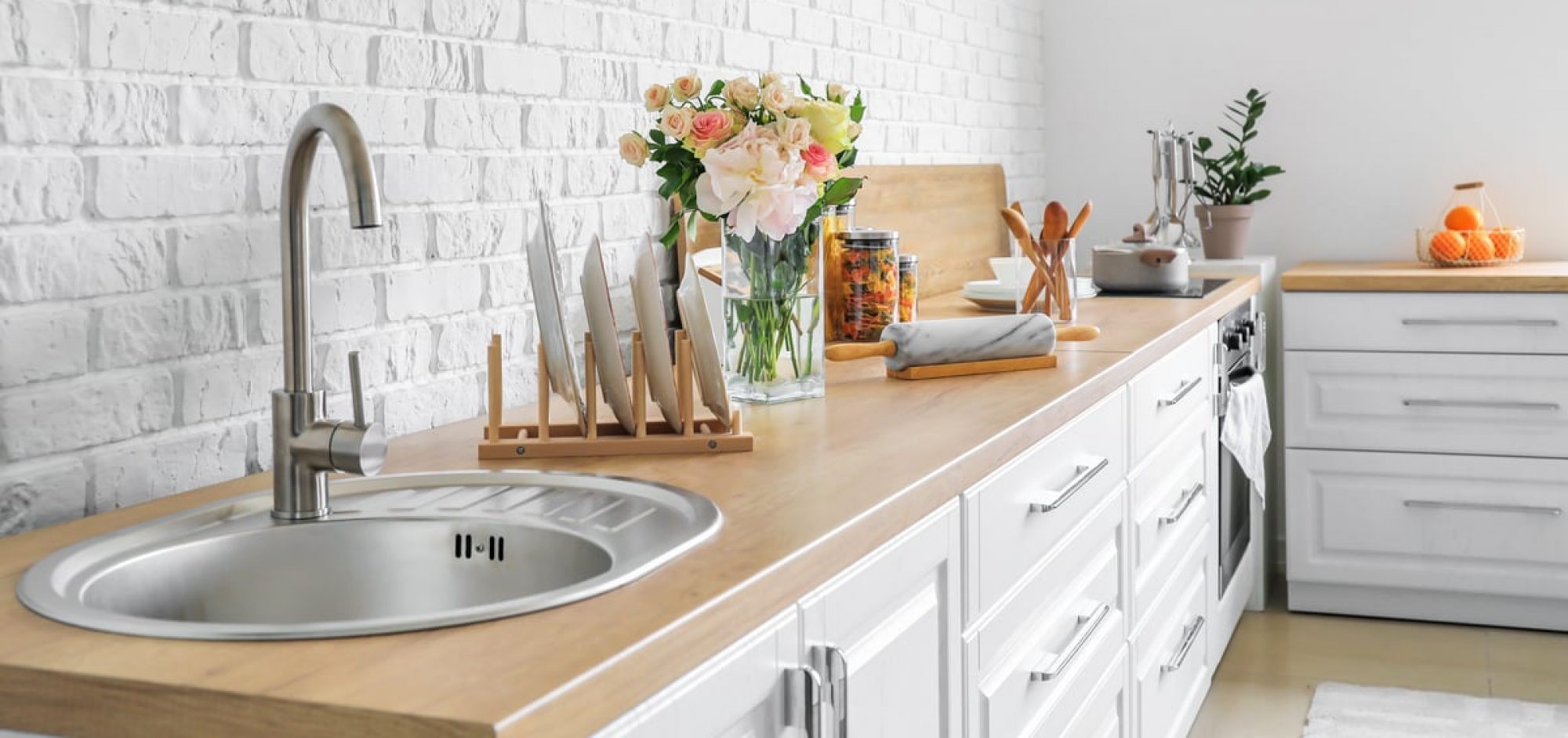With more extreme weather events happening globally, flood defences for homes are becoming increasingly important. Not only do they protect your belongings and save you money by preventing costly home repairs but also keep your family safe from the dangers of flooding. Flood barriers for your house can help to reroute water currents and ward off water-borne debris that may otherwise cause damage. Unlike sandbags, which can easily be filled and ripped apart, these flood prevention devices are sturdy and designed to last.
The best flood defences are those that make the most of existing infrastructure and are designed to provide a level of protection appropriate to the local area and expected levels of flooding. These could include elevating electrical wiring and equipment, such as sockets, switches and circuit breakers, above the expected flood level. These can be installed by a qualified electrician or with the assistance of a contractor. Other more advanced techniques can involve raising a building on columns, building with bricks, and installing a physical barrier like a wall or levee. These measures require more specialist expertise and can be expensive, but it is likely that households will be able to finance the cost of basic flood proofing themselves, provided they are given adequate information on what level of floodwater is likely in their locality.
Flooding can be extremely damaging to a property and it’s often not until after the flood that homeowners realise just how much has been lost. Whether you’re looking to prepare your home for a flood or are in an area at risk of flooding, implementing some simple changes will significantly reduce the amount of time and money you’ll have to spend on repairs and cleaning after the water has receded.
There are a number of ways that you can flood-proof your home from the inside out, from fitting doors and windows that don’t leak to sealing up cracks and crevices with foam padding or sealant. You can even fit plastic skirting boards that are less absorbent, which will reduce the amount of damp that forms in your home. It’s also possible to fit water-resistant air brick covers and install non-return drainage outlets that can stop floodwater seeping into your property.
More advanced flood defenses can involve enclosing the bottom 600-900mm (2-3 feet) of your building in plastic sheeting, known as wrapping. This can be done by yourself but will require the right tools and will need to be started well before any floodwater arrives. More affordable options can include buying a reusable flood gate that’s similar to a sandbag and can be positioned at the entrance of your home, which will prevent it from being flooded by storm surges or water from drainage channels. It’s also worth checking out grants that are available to assist you with making these physical changes to your home, which can be an effective way to reduce the cost of flood defenses. Many insurance companies are also offering flood resilience policies that will reduce your premiums if you need to claim for flood damage in the future.

